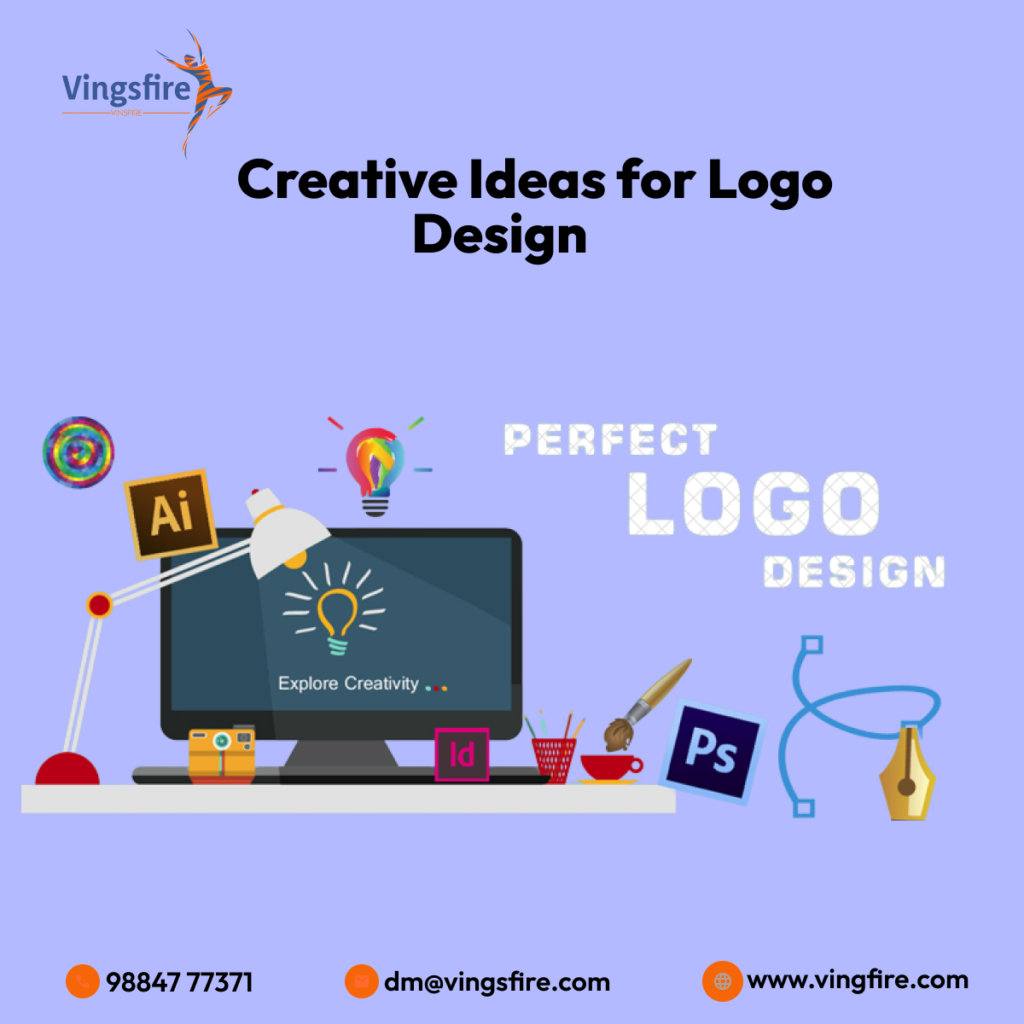
Introduction:
In the competitive landscape of branding and marketing, a well-designed logo serves as the visual cornerstone of a brand, encapsulating its identity, values, and essence in a single graphic symbol. To stand out in a crowded marketplace and captivate the attention of consumers, businesses need unique logo design ideas that are not only visually appealing but also creative, memorable, and distinctive.
In this guide, we’ll explore ten innovative ideas for logo design that push the boundaries of creativity, offering inspiration and insights for designers and businesses looking to create logos that leave a lasting impression.
1. Negative Space Utilization:
Negative space utilization is a technique that involves incorporating hidden or dual meanings within a logo design by strategically manipulating the space around and within the design elements. This approach adds layers of depth and complexity to the logo, engaging viewers and inviting them to discover hidden symbolism or messages.
For example, the FedEx logo features a hidden arrow formed by the negative space between the “E” and the “x,” symbolising speed, precision, and forward motion. By leveraging negative space creatively, designers can create logos that are visually impactful and intellectually stimulating.
2. Geometric Abstraction:
Geometric abstraction is a design approach that uses simple geometric shapes and forms to create visually striking and memorable logos. By combining circles, squares, triangles, and other geometric elements, designers can create logos that convey a sense of balance, symmetry, and harmony while also communicating key brand attributes and messages.
Geometric logos are versatile and adaptable, making them suitable for a wide range of industries and applications. For example, the Nike “Swoosh” logo is a prime example of geometric abstraction, consisting of a simple curved line that represents movement, energy, and athleticism.
3. Minimalism and Simplicity:
Minimalism and simplicity have become increasingly popular trends in logo design, emphasising clean lines, simple shapes, and sparse use of color and typography. Minimalist logos are characterised by their understated elegance, clarity, and sophistication, making them highly versatile and timeless.
By stripping away unnecessary elements and focusing on essential forms and concepts, designers can create logos that are instantly recognisable and easy to remember. Examples of minimalist logos include the Apple logo, which features a simple bitten apple silhouette, and the McDonald’s golden arches, which consist of two intersecting yellow arches.
4. Hand Lettering and Typography:
Hand lettering and typography offer endless possibilities for creating unique and expressive logo designs that capture the personality and character of a brand. Hand-lettered logos feature custom-made letterforms and typography created by skilled designers, adding a personal touch and artisanal quality to the brand identity.
Whether it’s bold, whimsical script fonts or elegant, refined serif typefaces, typography can convey a wide range of emotions, moods, and brand attributes. Hand-lettered logos are ideal for brands seeking a distinctive and authentic identity that stands out in a crowded marketplace.
5. Symbolism and Iconography:
Symbolism and iconography play a significant role in logo design, allowing designers to convey complex ideas, concepts, and emotions through visual symbols and metaphors. By selecting symbols or icons that resonate with the brand’s identity and values, designers can create logos that communicate powerful messages and evoke strong emotional responses.
Symbolic logos are memorable, versatile, and timeless, making them effective tools for building brand recognition and loyalty. Examples of symbolic logos include the Apple logo, which represents creativity, innovation, and simplicity, and the Nike “Swoosh,” which symbolises movement, speed, and victory.
Conclusion:
Creativity knows no bounds in the world of logo design, where designers are continually pushing the envelope and exploring new ideas, concepts, and techniques. By embracing innovative approaches such as negative space utilization, geometric abstraction, minimalism, hand lettering, symbolism, adaptive design, storytelling, interactivity, and experimentation, designers can create logos that captivate, inspire, and resonate with audiences on a deeper level.
Whether it’s through bold experimentation, subtle symbolism, or playful storytelling, the possibilities for creative logo design are endless, limited only by the imagination and vision of the designer. With creativity as your guide, you can unleash the full potential of logo design to create impactful and memorable brand identities that stand the test of time.
